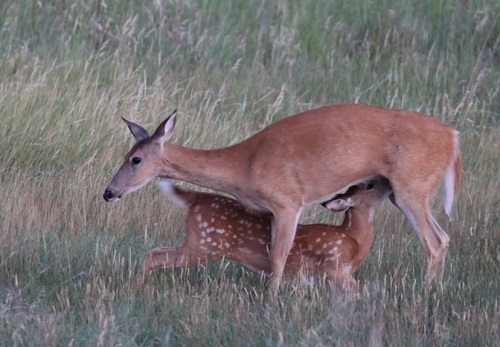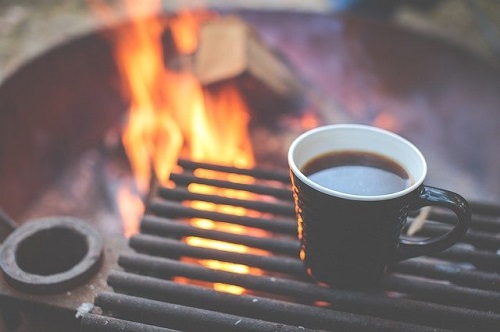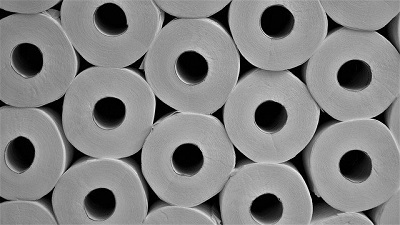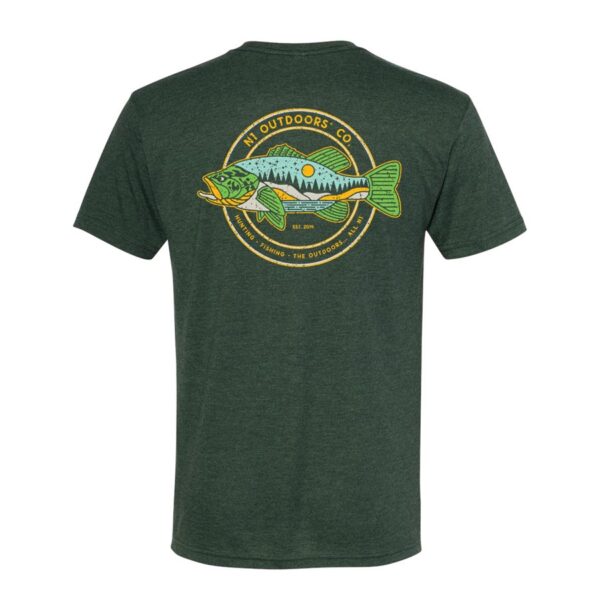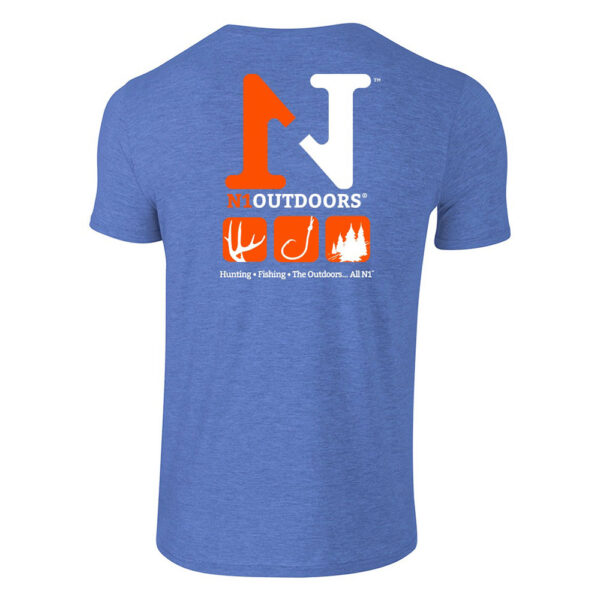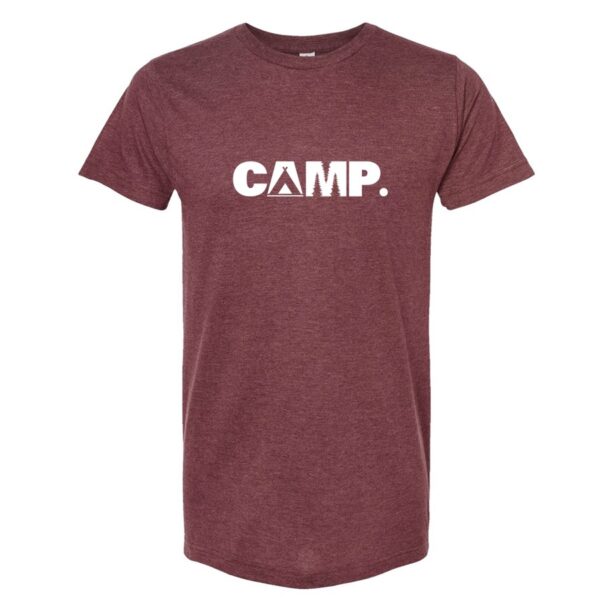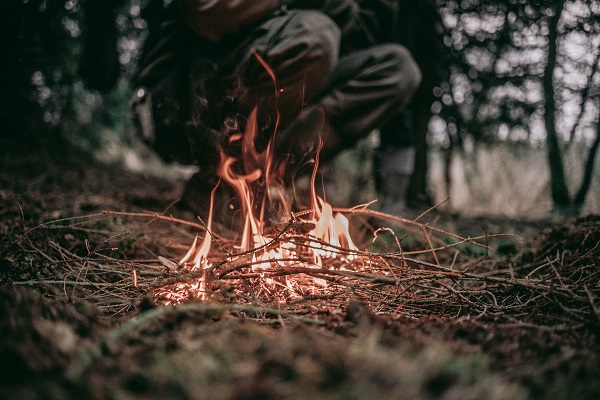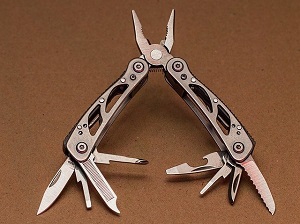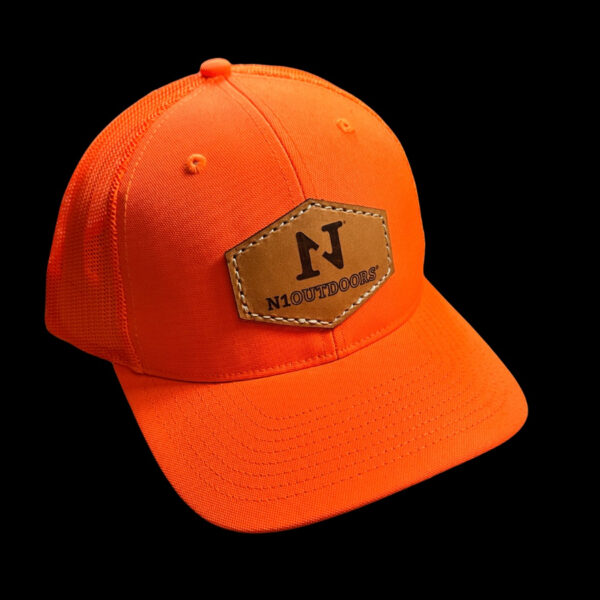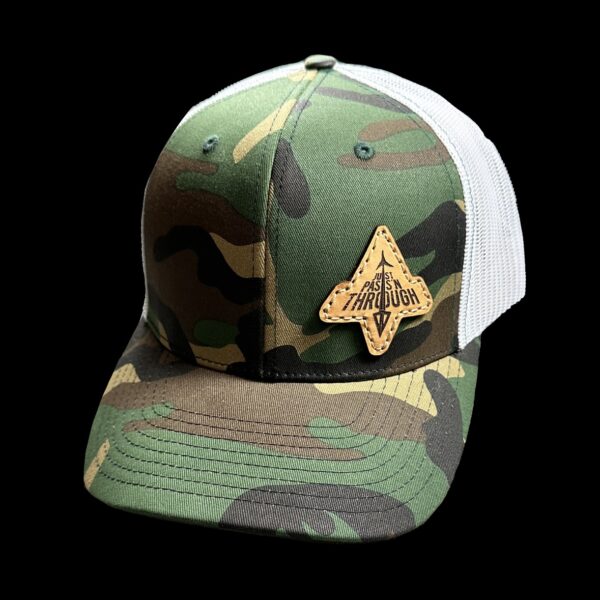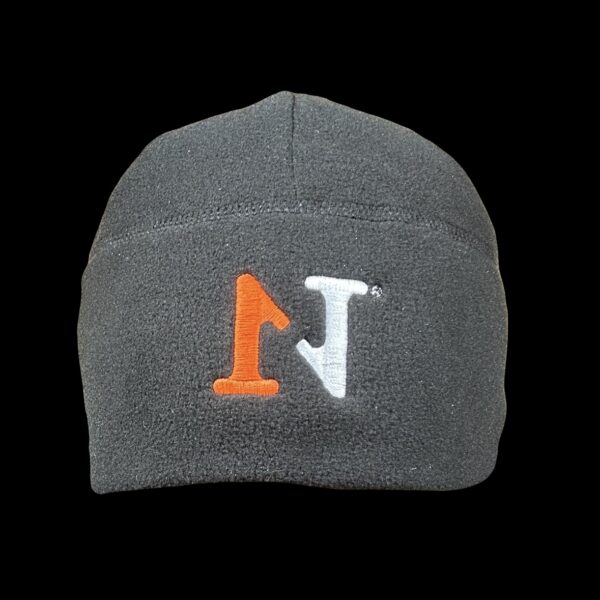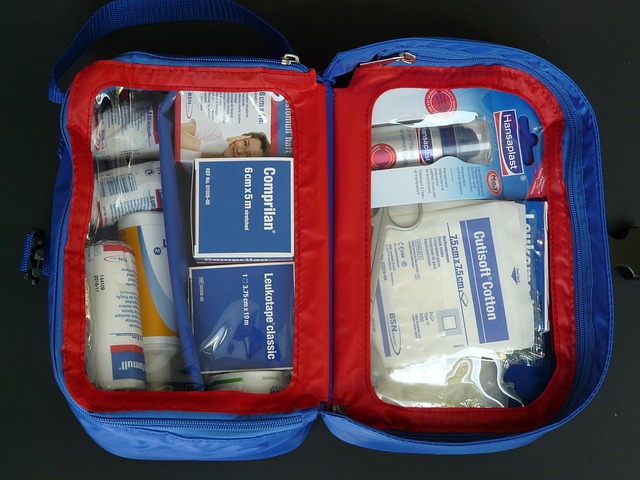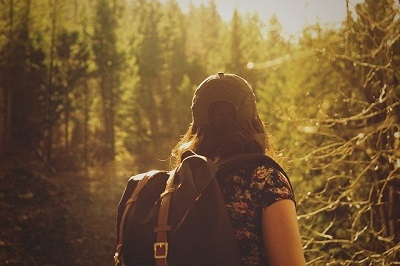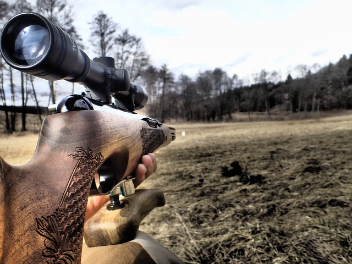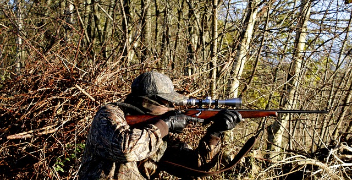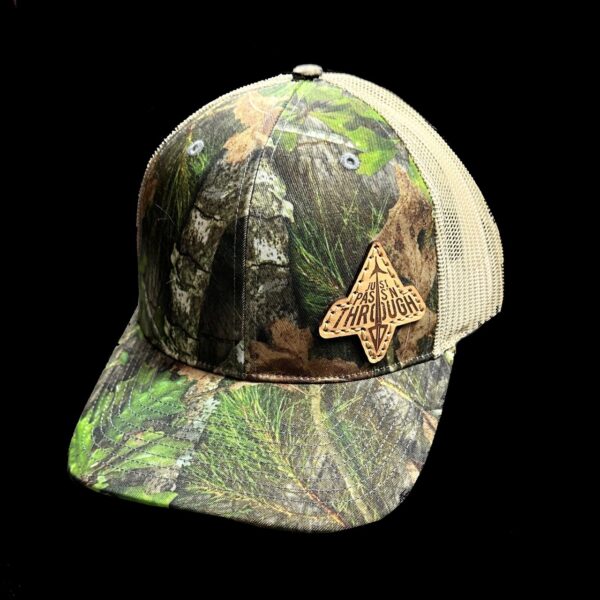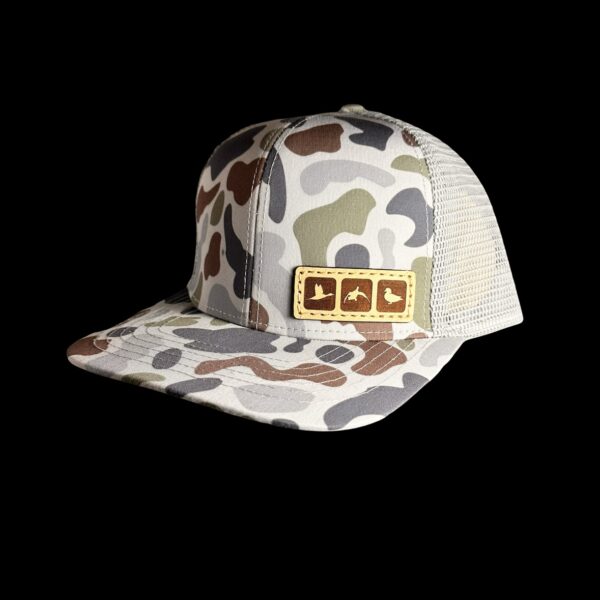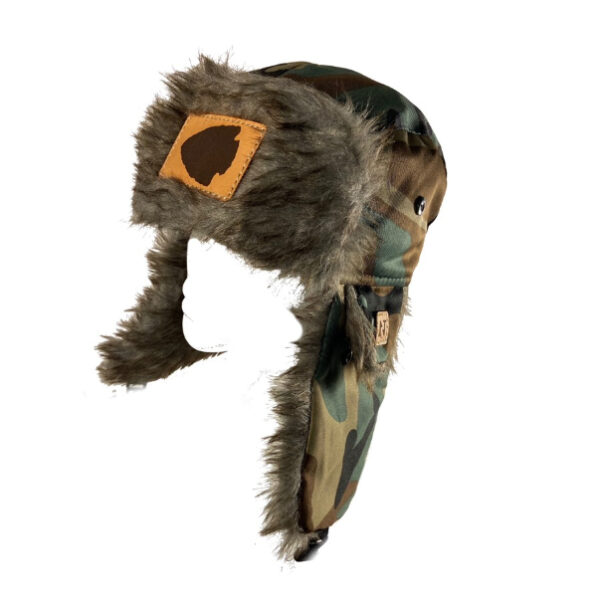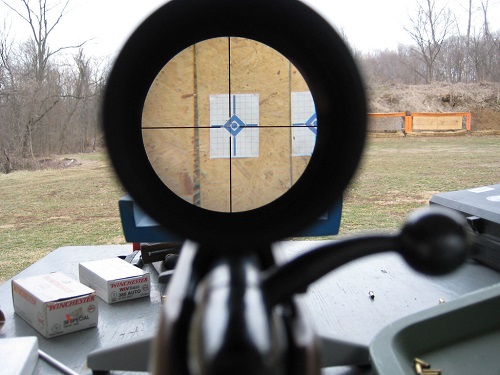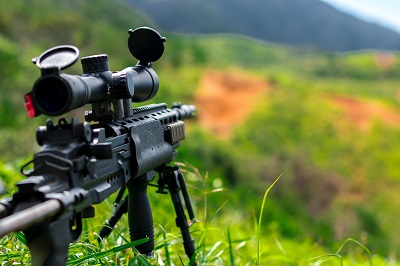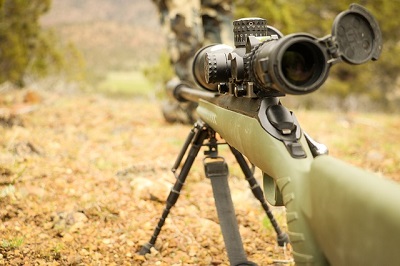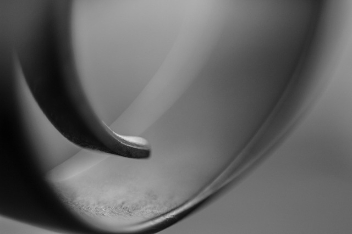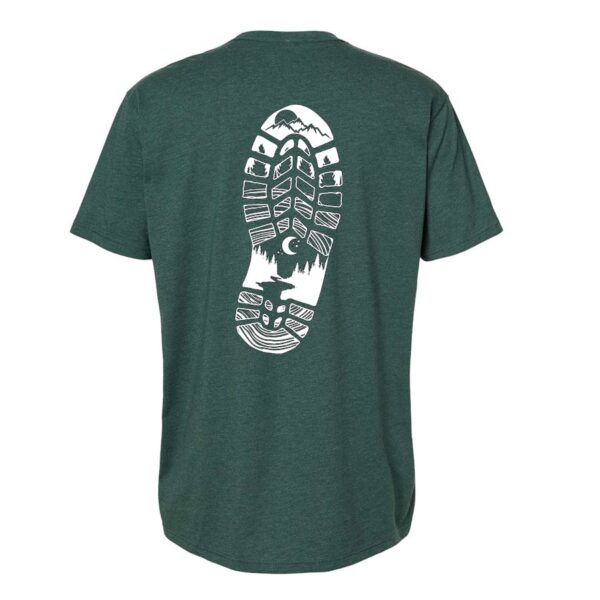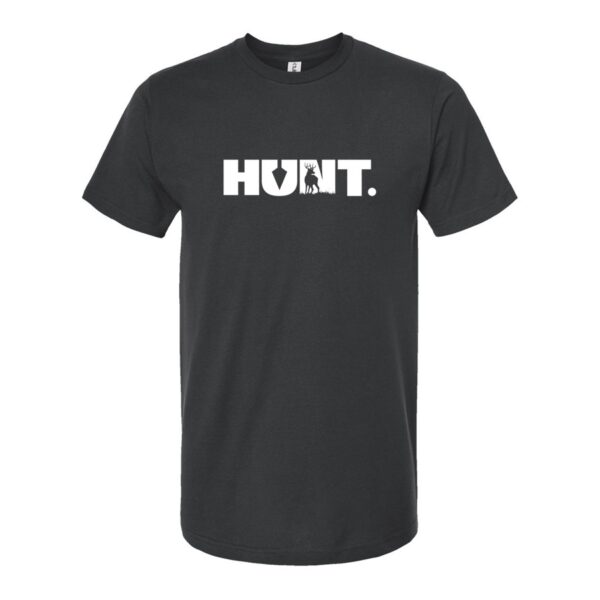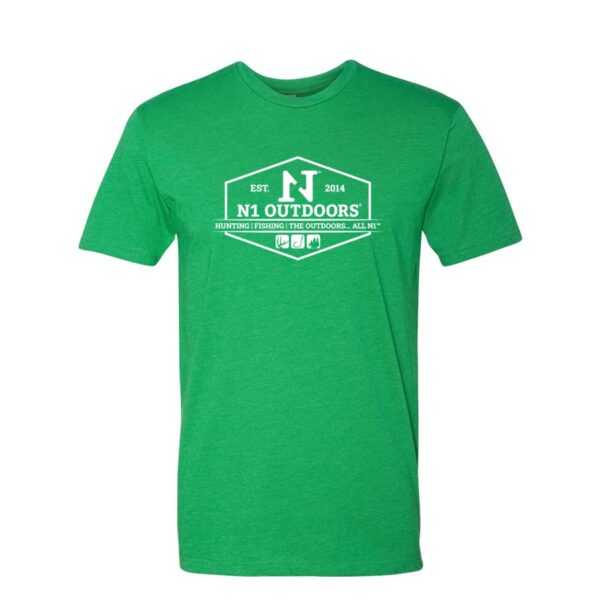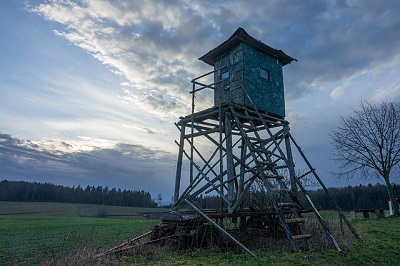Quickly find out the approximate conception or birthdate of whitetail, mule deer, elk and other types of deer species using the gestation calculator below!
-
Sale!
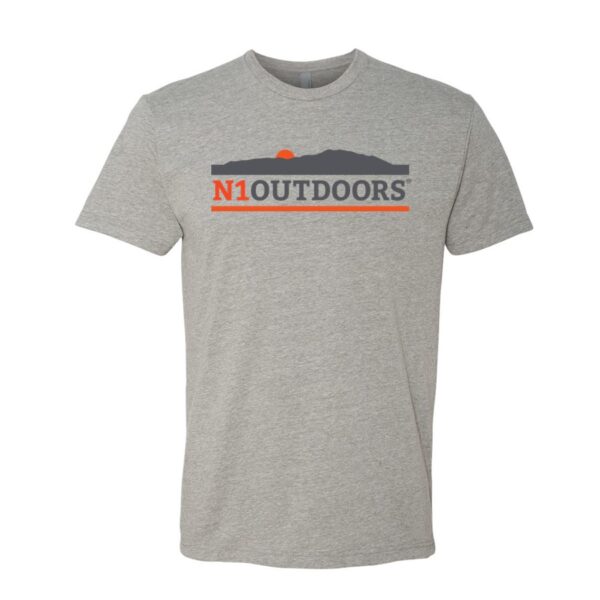
N1 Outdoors® “Sunset Mountain” Tee
$15.00 Select options This product has multiple variants. The options may be chosen on the product page -
Sale!
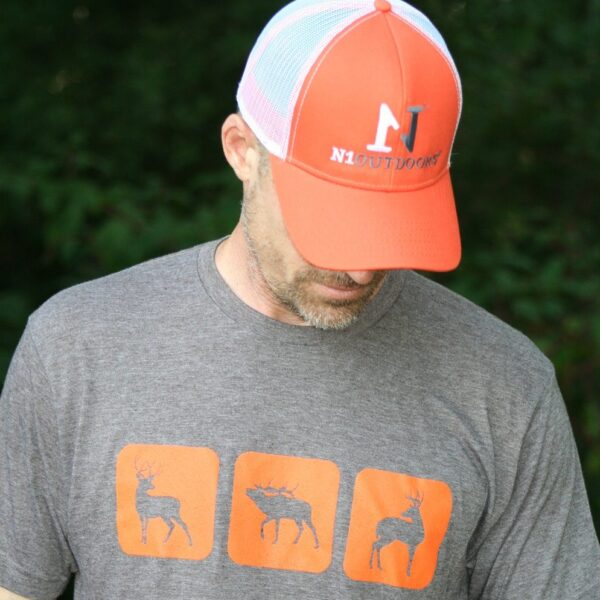
N1 Outdoors® Western Hunter TriBlock™ Tee
Original price was: $22.99.$5.00Current price is: $5.00. Select options This product has multiple variants. The options may be chosen on the product page -
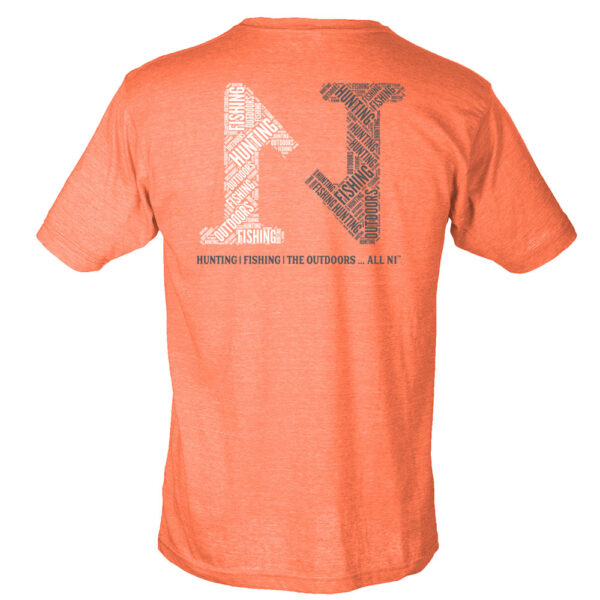
N1 Outdoors® Word Cloud Tee (Heather Orange)
$22.99 – $28.99 Select options This product has multiple variants. The options may be chosen on the product page
Pregnancy Length of Deer (How long until they give birth?)
When it comes to whitetail and other types of deer, there are two time periods during the year that are particularly fascinating.
For hunters, the “rut” is certainly an important time, as males seek out females for breeding. During this time, the woods and hunting grounds are alive with activity and often provide a hunter the best opportunity at the buck of a lifetime.
And, while the conclusion of the rut often signals the end of hunting season for many, a different stage will soon begin. In the Spring and Summer months, does will begin birthing fawns that were conceived during the rut and a new part of the life cycle will begin.
If you frequent the woods during this time, you just might catch a peek at a small, spotted whitetail fawn. And, if you utilize trail cameras during the Summer months to keep tabs on your herd, a picture of a fawn is always a welcome surprise.
But, how long are deer pregnant before giving birth, and how can you figure out when the fawns will start dropping in your area?
What Is The Gestation period of Whitetail Deer
Since whitetail deer are one of the most popular game animals in North America, you might be wondering, what is the gestation period of whitetail deer?
To determine the approximate conception date of a whitetail fawn or the estimated birth date, you have to first know the gestation period (how long the baby deer is in the womb between conception and birth.)

The spotted coat of a whitetail fawn is a beautiful thing to see. You have the best chance to see these young deer in May or June.
According to Mark K. Johnson, Professor at the School of Renewable Natural Resources at Louisiana State University, the gestation period for whitetail deer (Odocoileus virginianus) in the northern U.S. are similar to that of whitetail in the southern states, ranging from 193 to 205 days (Spring 2002 issue of Louisiana Agriculture).
Based on those statistics, whitetail does bred in early November would likely be born in mid-May to early June. So, female whitetail deer are pregnant for about 6 and a half months.
If you happen to have trail cameras out during the Summer months, you may catch a photo or video of a fawn with its mother. The unmistakable spots on young fawns is beautiful to see until they begin to fade 3 to 4 months after birth.
Let’s take a look at some of the other types of deer and the gestation periods of each.
-
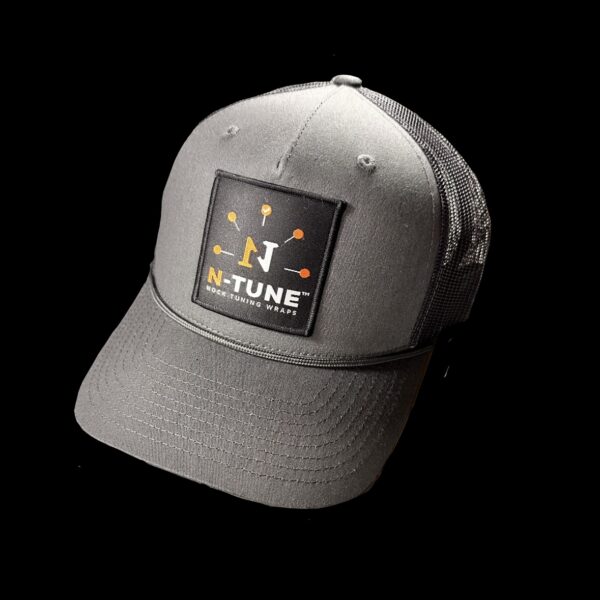
N1 Outdoors® N-Tune™ Patch Trucker Rope Hat (Gray & Black)
$26.99 Select options This product has multiple variants. The options may be chosen on the product page -
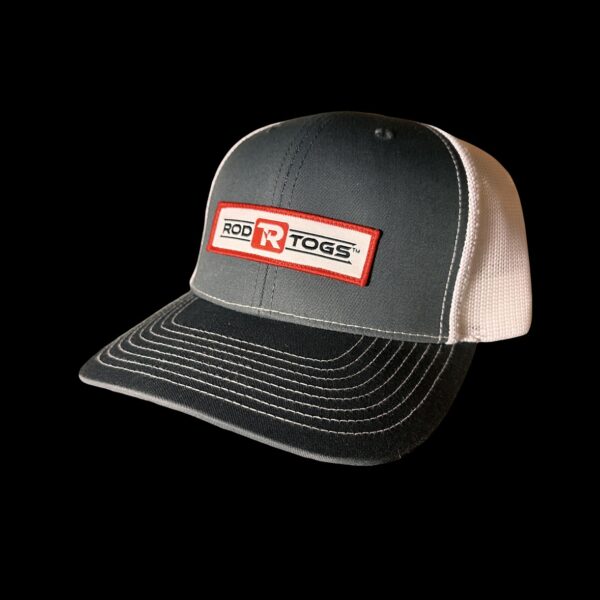
N1 Outdoors® RodTogs™ Patch Trucker Hat (Charcoal & White)
$26.99 Select options This product has multiple variants. The options may be chosen on the product page -
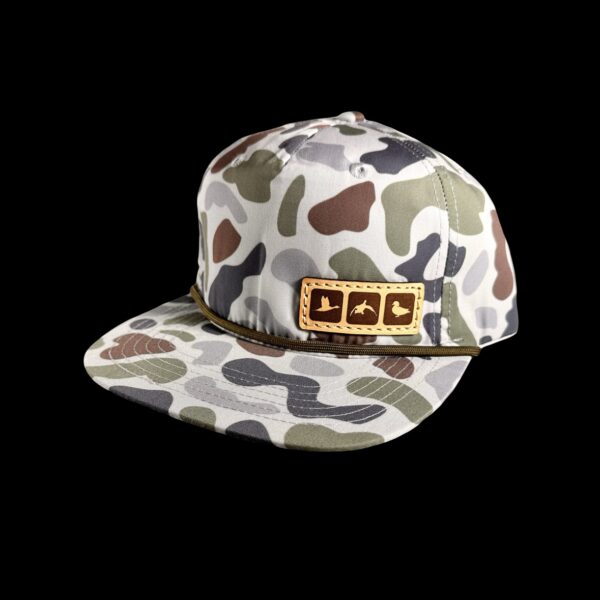
N1 Outdoors® TriBlock™ Duck Leather Brackish Camo Patch Rope Hat
$29.99 Select options This product has multiple variants. The options may be chosen on the product page
Mule Deer Gestation Period
According to a 2005 report published by the Natural Resources Conservation Service and the Wildlife Habitat Council, the gestation period of mule deer (Odocoileus hemionuslasts) an average of 200 days. So, the mule deer and whitetail have almost identical gestation periods.
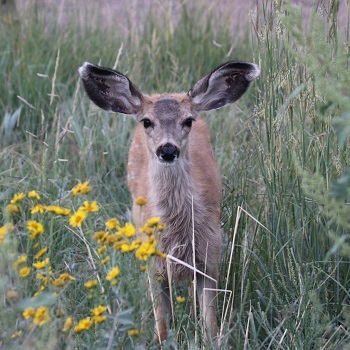
The pregnancy length of a mule deer is almost identical to that of the whitetail. (photo by Jeff Coldwell)
Elk Gestation Period
While the number of days that whitetail deer and mule deer are pregnant is very similar, the elk (Cervus canadensishas) a longer pregnancy.
According the Minnesota Elk Breeders Association, the average gestation period for elk is approximately 246 days. The “rut” time period for elk ranges from late August to late October with calves typically being born in May or June.

Bull elk have a gestation time of approximately 246 days.
Blacktail Deer
According to the Oregon Department of Fish and Wildlife, the average gestation time for a black-tailed deer (Odocoileus hemionus columbianus), is approximately 203 days.
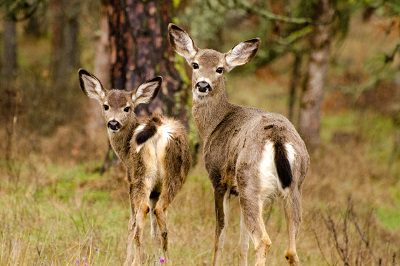
Blacktail deer pregnancies lasts approximately 203 days. (photo by John Carron)
Chital (Axis) Deer
According to the Natural Science Research Lab at Texas Tech University, the gestation period for the Chital (Axis deer) ranges from 210-238 days.

Axis deer have a gestation range of 210-238 days.
Moose
Moose (Alces alces) calves are born any time from mid-May to early June after a gestation period of about 230 days, according to the Alaska Department of Fish and Game.
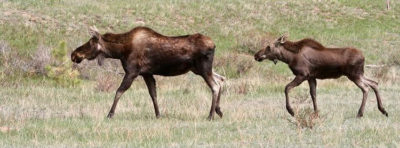
Moose calves are typically born from Mid-May to early June.

